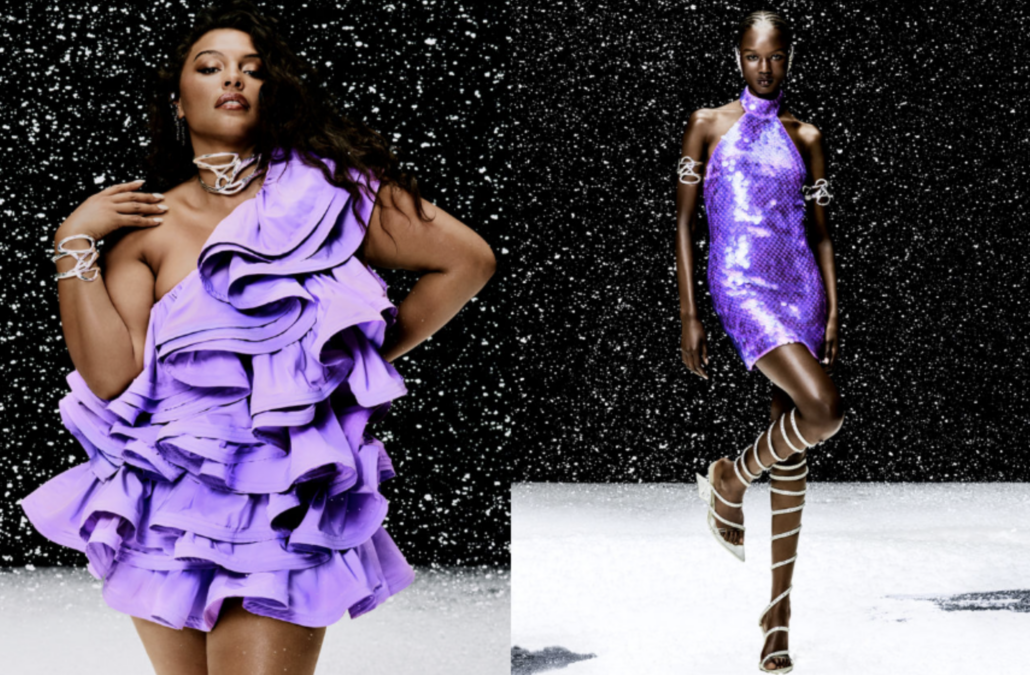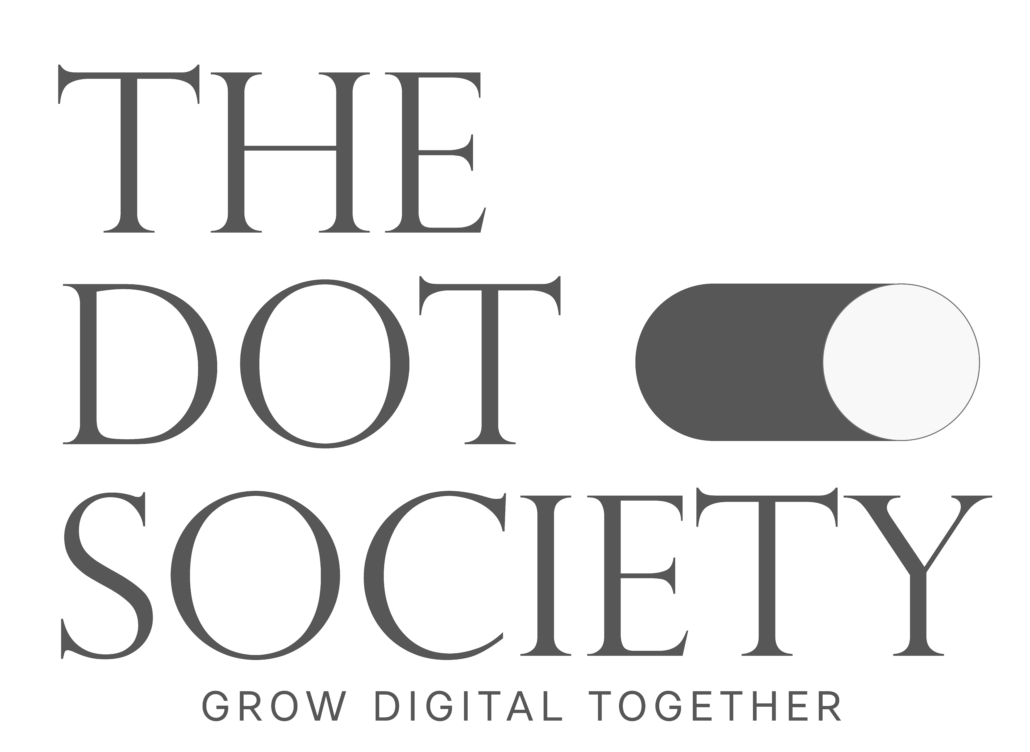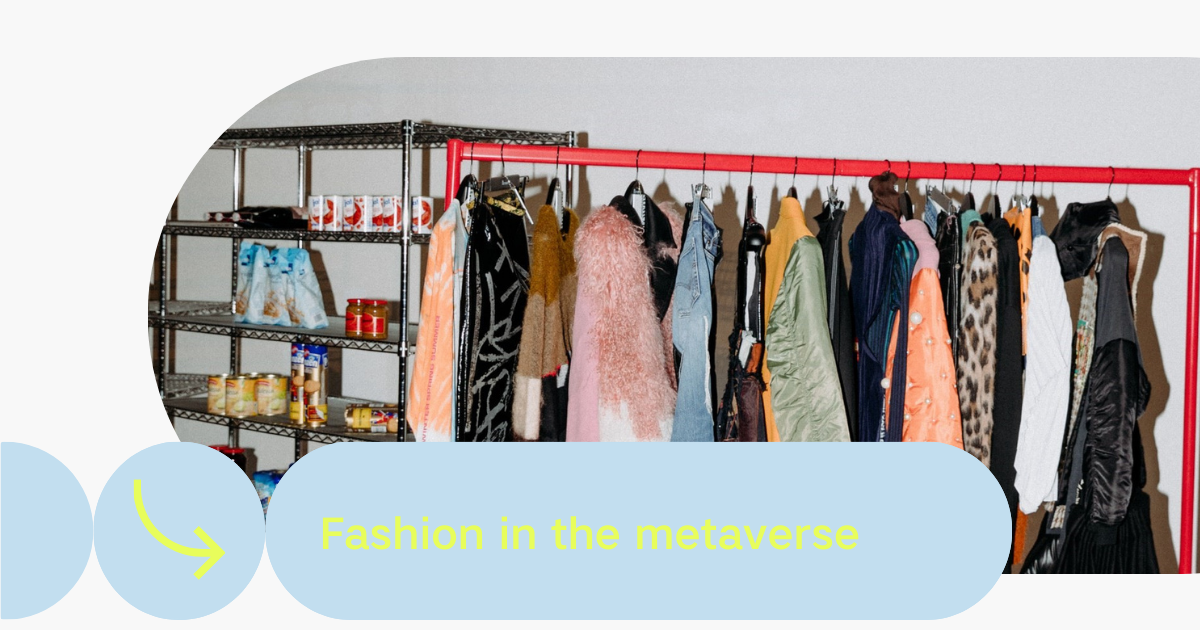The metaverse, in which real and virtual reality increasingly merge, is getting closer by the day. The more important our digital alter ego or avatar becomes, the more important it becomes what you wear in that metaverse.
With origins in the gaming world where players spend more than 100 billion a year on virtual goods, it becomes clear that there are huge business opportunities in this metaverse. It probably sounds strange to many that our digital closet is becoming as important as our real closet. After all, who buys an item of clothing that you can never put on to go to work or a party? Well more people than you think, which is why more and more labels are taking their first steps into the virtual world.
Indeed, luxury houses such as Gucci, Louis Vuitton, Prada, Burberry, Balenciaga and Hermès, are selling their digital creations as NFTs (non-fungible tokens). With every transition of ownership of the virtual garment, they automatically receive royalties. Which is obviously not the case in the fashion world we know today, where pieces are resold without normally making money for the original designer of the garment.
The digital revolution should also make the fashion industry more environmentally friendly, in response to “fast fashion,” which leads to (over)consumption. Digital fashion has a much smaller carbon footprint, although NFT garments generated with blockchain consume a huge amount of energy. For example, the making of an ordinary white T-shirt requires 5.5 kg of CO₂ while a white NFT dress via blockchain emits 600 kg of CO₂, equivalent to burning 300 kg of coal. Steps are being taken to develop blockchain technology that devours much less energy.
But where and how are virtual purchases carried? As a filter over photos and videos on social media, or by sharing them with your avatar.
Consequently, many luxury brands are collaborating with game developers. For example, the “Prada Linea Rossa” collection has been integrated into the outdoor sports game “Riders Republic”. In the game, you can ski, snowboard and mountain bike in Prada activewear.
Gucci designed ‘Gucci Gardens’ in collaboration with the gaming platform Roblox. The virtual garden celebrating Gucci’s 100th anniversary already received 19 million visitors.
Balenciaga designed exclusive outfits for the game ‘Fortnite’ .
To celebrate the 200th birthday of founder Louis Vuitton, the French fashion house released a mobile game in collaboration with digital artist Beeple. Titled “Louis the Game,” users get an insight into the legendary brand as they follow the game’s protagonist, Vivienne, through seven different virtual worlds inspired by famous fashion capitals such as London and Paris.
But not only luxury brands are venturing into the metaverse, H&M, Nike and Zara are also following a metaverse strategy. For example, at H&M and Zara you can not only buy digital products for your avatar, but you can also get inspiration for your real-world purchases.

One of the biggest challenges is that there are many different virtual worlds, where you cannot move freely from one world to another, such as a new painting hanging in the living room cannot be moved to another room. This is offset by endless creative possibilities. Designers enjoy unlimited freedom and can design pieces with impossible substances such as liquid gold, water, fire or smoke. Digital garments transcend seasons, gender and reality. Designers no longer have to consider sourcing raw materials or finding factories for production. Digital designs can be created in minutes. With a virtual approach, costs are drastically reduced and making these designs can become a very lucrative business. With a virtual fashion collection in a digital environment, there is also no exposure to logistical bottlenecks ( covid pandemic, Suez Canal obstruction, …), there is no inventory or mountains of waste.
What do garments cost in the metaverse?
A dress with haute couture looks, available only digitally is on sale for $70 on Dress-X, a Los Angeles-based cyberwear platform. You try it on in their app, where the dress appears as a filter over your body. To buy the item, you forward a high-quality photo of yourself and get your photo back, with the dress photoshopped onto your body, perfect for your Instagram post.
Pioneers of digital fashion, such as Amsterdam-based The Fabricant or Antwerp-based Mutani, paved the way for the big brands. They are convinced that digital fashion will lead to a revolution in the fashion world. The Fabricant, which has already collaborated with Adidas and Tommy Hilfiger, sold in 2019 the very first NFT dress ever, the design with digital certificate of authenticity generated via blockchain technology, for $9500. A price that hardly anyone is surprised by now.
In 2021, Italian luxury brand Dolce & Gabbana released Collezione Genesi, a collection of nine NFT pieces inspired by the Venice show. The nine unique creations sold for a shocking $6 million, well above the price of Dolce and Gabbana’s physical clothes.
Nike Digital, which includes Nike’s metaverse operations, accounted for a quarter of the brand’s total revenue. Thanks to its digital approach, including the acquisition of digital design studio RTFKT, Nike managed to generate $185.3 million in revenue from its NFT collections.
In 2022, the first Metaverse Fashion Week was a reality. New and exciting shopping experiences await us. These new technologies will hopefully give the polluting fashion industry a more sustainable image. The metaverse therefore offers numerous opportunities for brands to reinvent themselves, appeal to a new target audience and also generate an additional revenue stream. We Dotters are already curious to see how this will evolve further in 2023, we’ll keep you posted!
This post is also available in: Dutch




